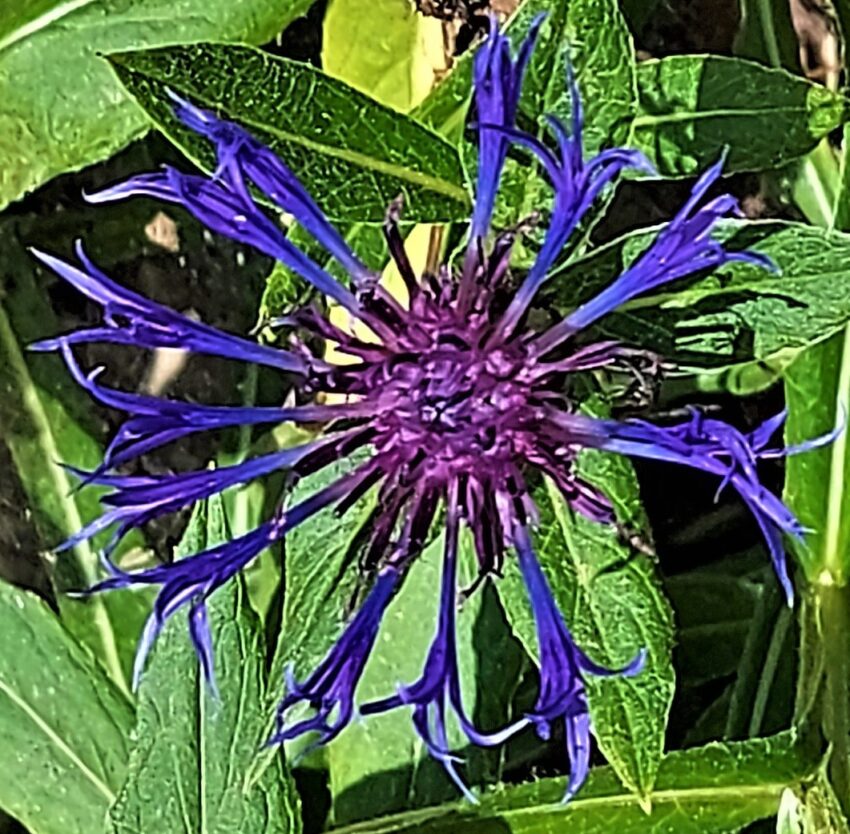Lately, I have been experiencing a very fulfilling creative phase while a dear friend mourns the death of a loved one. I found it disconcerting – how can I be happy when my friend is heartbroken? I feel compassion for her, of course, and yet my life is good.
While pondering this, I came across a Japanese tradition called Kintsukuroi, also known as Kintsugi. Kintsukuroi means “golden repair” and refers to the traditional art form of repairing broken vessels by highlighting the cracks of the reassembled parts with an adhesive mixed with gold (or silver or platinum), which adds value and beauty to the original piece.
I like that. Aren’t we like broken vessels too? We all mourne(d) loved ones, have shattered dreams, and experienced other pains and hurts in life. As a result, we often try to protect ourselves from additional pain.
“Being whole”
In the sense of Kintsukuroi, “being whole” does not mean being “unbroken” or hiding our scars. There is a way of healing that adds value, which accepts breaking as part of our lives and celebrates healing as personal growth. Suffering causes transformation through which we emerge from a difficult phase of our life like phoenix from the ashes.
We have lived and gained experience and understanding. Coping with difficult life situations enriches us and makes us stronger. We are no longer the same as we were, and it is okay to show.
Sometimes it just takes a new perspective to see what is beautiful and special in a situation. Thus, we can appreciate imperfection. Beauty is in the eye of the beholder.
We can permanently adapt to new situations and circumstances and heal if necessary. To experience our strength, we need to keep pushing our boundaries because, as Nelson Mandela said:
“There is no passion to be found in settling for a life that is less than the one you are capable of living.”
The ability to live your passion makes a fulfilled life which – when at the end of life looking back – was worth living.

